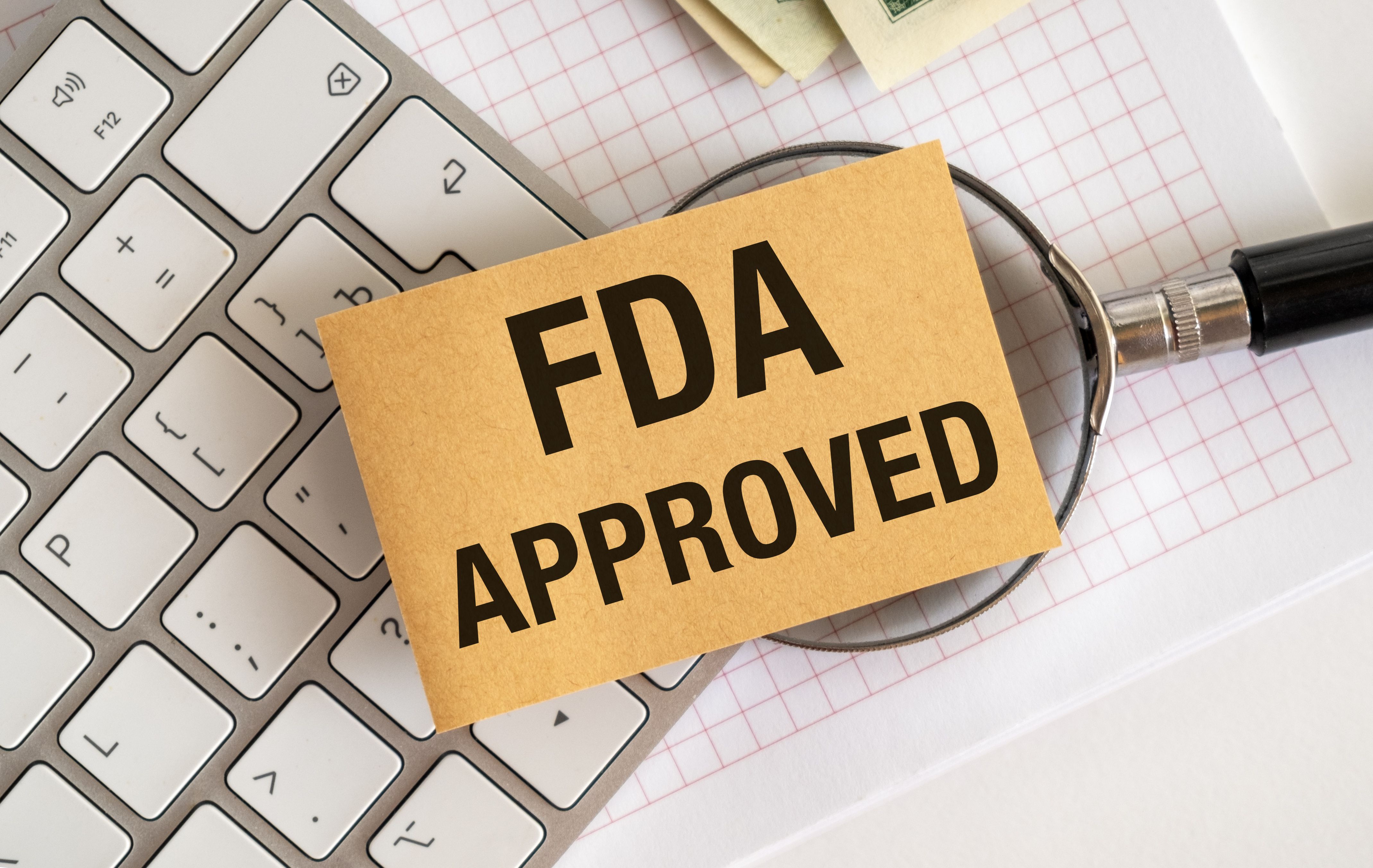News
Video
Dr Imran Khan Discusses Teclistamab’s Expanded Indication for RRMM
Author(s):
Teclistamab (Tecvayli) was first approved for use in patients who have relapsed/refractory multiple myeloma (RRMM) in October 2022, making it a first-in-class bispecific antibody.
Last week, the FDA approved the supplemental biologics license application for subcutaneous teclistamab (Tecvayli) at a biweekly dosing schedule of 1.5 mg/kg for patients who have relapsed/refractory multiple myeloma (RRMM) and have failed at least 4 prior lines of therapy. The first-in-class bispecific antibody was originally approved in October 2022. Both approvals followed positive data from the MajesTEC-1 study (NCT03145181 and NCT04557098).
The American Journal of Managed Care® spoke with Imran Khan, MD, PhD, vice president, Hematology Medical Affairs, at Johnson & Johnson, about the approval and why MM continues to throw up roadblocks to becoming a curable disease.
Transcript
Can you provide an overview of the MajesTEC-1 study along with its main and additional findings?
MajesTEC-1 is a phase 1/2, single-arm, open-label, multicohort, and multicenter dose-escalation study that was our pivotal study and really was to evaluate the safety and efficacy of teclistamab in adults who have relapsed/refractory multiple myeloma who received 3 or more prior lines of therapy. We looked at 165 patients and divided it into 2 parts: the dose-escalation phase in part 1 and a dose-expansion phase in part 2.
When you talk about outcomes among the 165 patients in the study who received Tecvayli at the recommended phase 2 dose, what we call RP2D, 104 individuals responded among the 165. And then among these responders, 63 of these patients switched to biweekly dosing. The results showed that at the time of the switch, almost 86%, about 85.7%, of patients who responded achieved a complete response or better; about 12.7% of patients achieved a very good partial response; and about 1.6% achieved a partial response. Very encouraging data.
Really also what's important is the median time to switch from the weekly dosing to the first biweekly dosing was about 11.3 months, with a range of 3 to 30 months. And finally, at a median follow-up of 12.6 months—the range was 1 to 25 months—since the switching, the median duration response was not yet reached. And about 68.7%, or 69%, of patients roughly who switched remained in response for 2 or more years from the time of first response. Also as equivalently important to mention, when we talk about outcomes, there were no new safety signals that were observed with the less frequent dosing, which is very, very important for us in terms of this pivotal study.
How does RRMM attack the body that makes it such a difficult disease to treat?
Really, this is goes back to the patient population, right? Tecvayli offers a much needed additional option—I would really accentuate that—for patients with relapsed/refractory multiple myeloma. Unfortunately, multiple myeloma is an incurable disease today. And while we have made great progress over the last decade to help extend the lives of these patients, unfortunately they will eventually relapse or become refractory to their last treatment. The problem that exists is that with each subsequent relapse, the treatment responses decrease, and only about 30%, I would say, of patients respond to currently available off-the-shelf options.
Because of this, we need treatment advancements, and despite the treatment advancements, management still remains very challenging in multiple myeloma. The disease itself is very complex. And again, there's variability in the nature of multiple myeloma that requires a need for therapies that employ different targets, and that's something that we're very keen to in terms of providing patients with not just new treatment options but transformational treatment options for this disease. If you think about it, relapsed/refractory multiple myeloma is by definition our patients who have achieved at least a minimal response at some point in their course of treatment and unfortunately become either nonresponsive or progress within 60 days of their last treatment. And that's very profound, when you think about it, for that unfortunate patient.
So when you take that one step further, clinically, as myeloma progresses with multiple lines, relapse refractoriness, it becomes more aggressive. These patients are going through multiple treatment regimens; with each line of therapy, the response rates, unfortunately, they decrease and equivalently, if not more important, their remissions may become progressively shorter. So now a patient is getting a treatment, but how long are they actually getting a remission with that treatment? Unfortunately, with each line of treatment, it decreases. About half of these patients have received treatments from the 3 different classes of drugs by their third relapse—so immunomodulatory agents, proteasome inhibitors, and anti-CD38 agents.
And then if you think about it beyond that, after multiple relapses, the patients start running out of options, and that's where it becomes problematic. Not only are the remissions becoming progressively shorter, but if I think about it, these patients need new and effective therapies because we can't simply recycle them on prior therapies. That's something that doesn't really work all that well. And by utilizing unique and new targets effectively, but equivalently safely, that offers them the opportunity to go into remission, but also to improve their lives from a quality standpoint as well.




